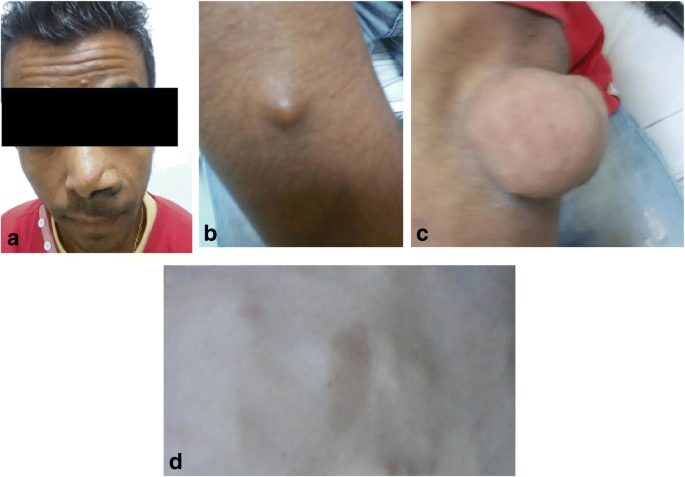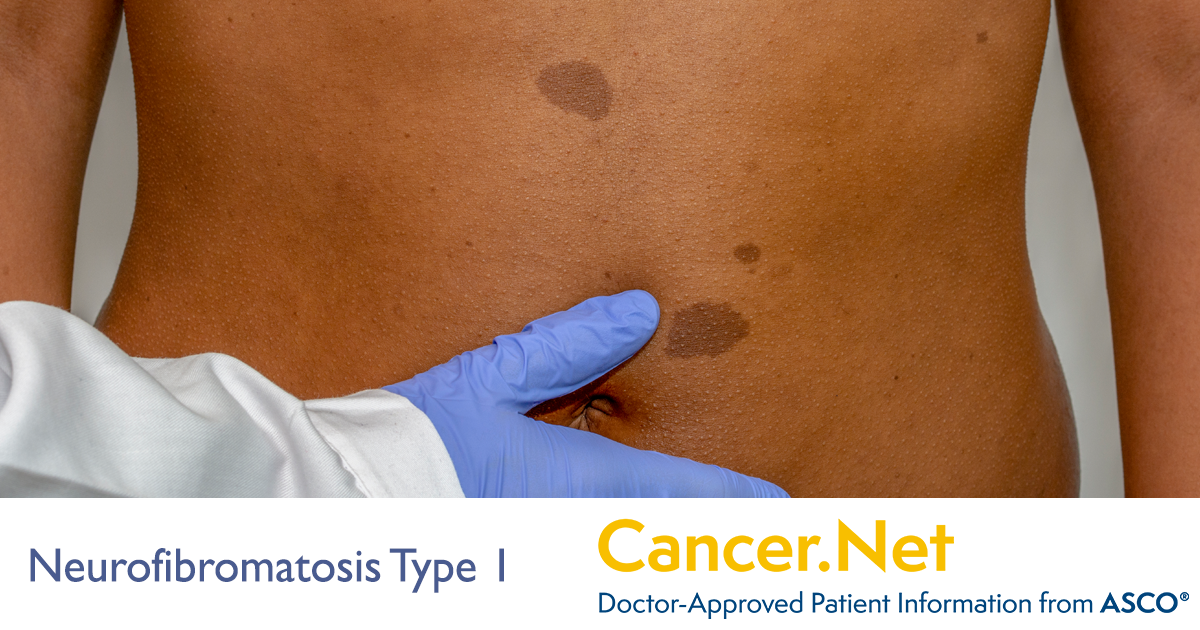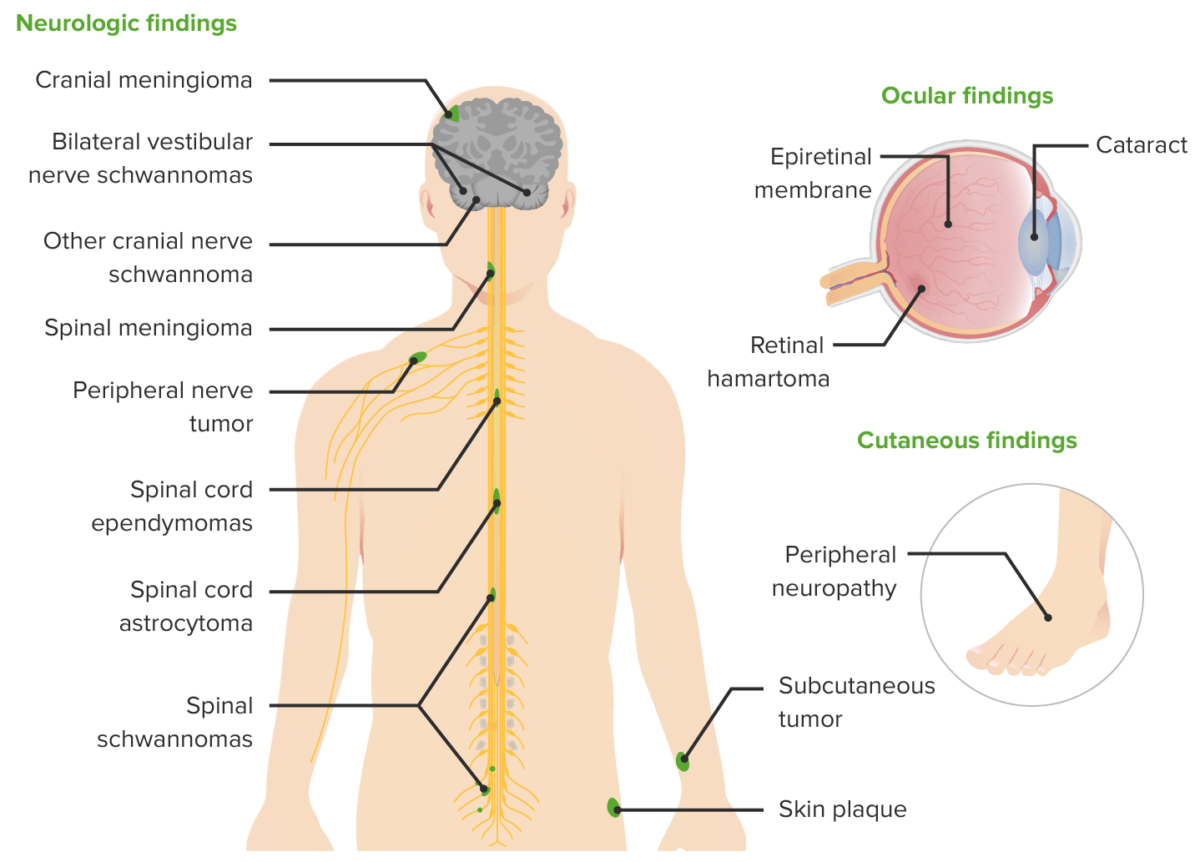


Similarly, new medical and behavioural interventions are emerging to improve the quality of life of patients.

Although no single treatment exists, current clinical management strategies include early detection of disease phenotypes (risk assessment) and biologically targeted therapies. With the identification of NF1 and the generation of accurate preclinical mouse strains that model some of these clinical features, therapies that target the underlying molecular and cellular pathophysiology for neurofibromatosis type 1 are becoming available. They may also occur in nerves near the spinal cord or along nerves elsewhere in the body. Some individuals develop skeletal abnormalities (scoliosis, tibial pseudarthrosis and orbital dysplasia), brain tumours (optic pathway gliomas and glioblastoma), peripheral nerve tumours (spinal neurofibromas, plexiform neurofibromas and malignant peripheral nerve sheath tumours), learning disabilities, attention deficits, and social and behavioural problems, which can negatively affect quality of life. Most adults with neurofibromatosis type 1 develop neurofibromas, which are benign tumors that are usually located on/just under the skin. Nearly all individuals with neurofibromatosis type 1 develop pigmentary lesions (café-au-lait macules, skinfold freckling and Lisch nodules) and dermal neurofibromas. Neurofibromatosis type 1 is a complex autosomal dominant disorder caused by germline mutations in the NF1 tumour suppressor gene.


 0 kommentar(er)
0 kommentar(er)
